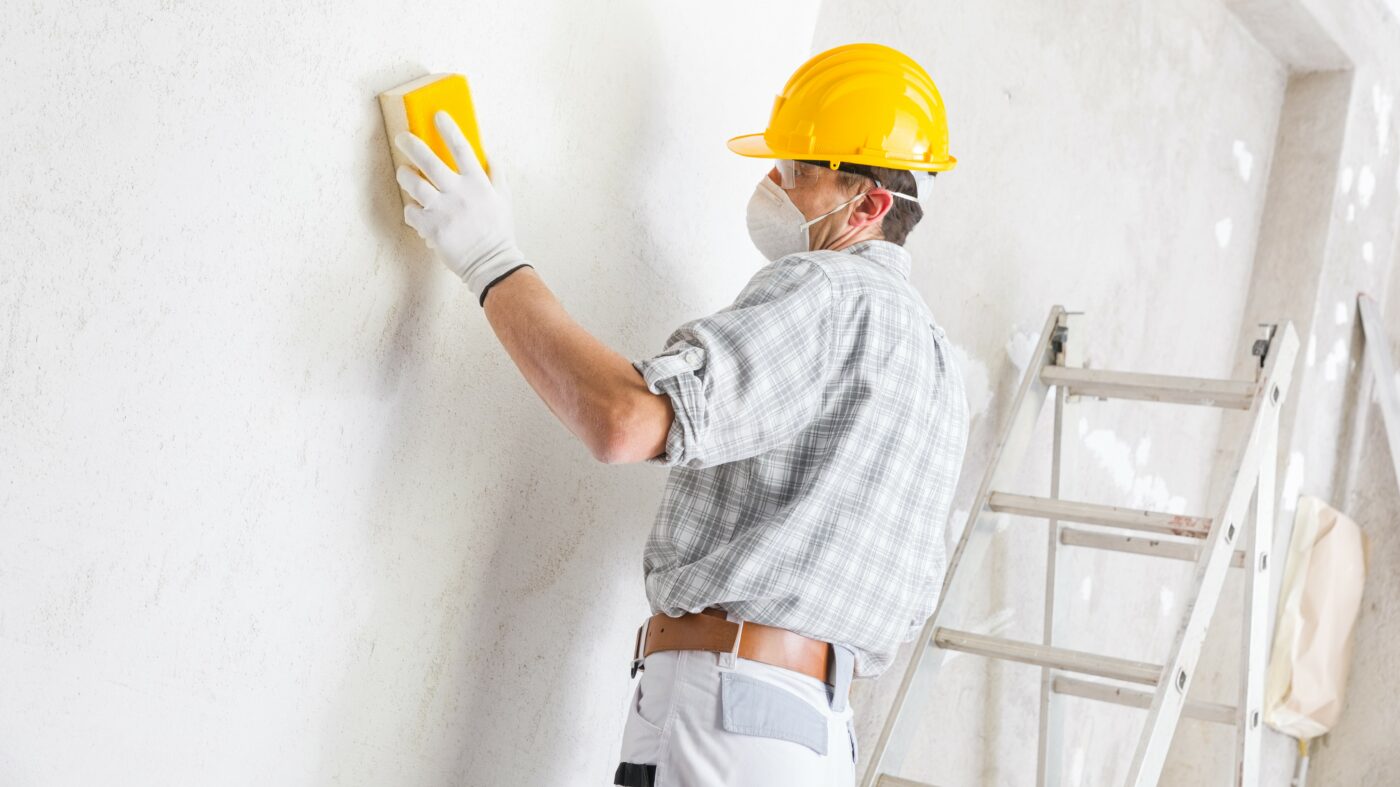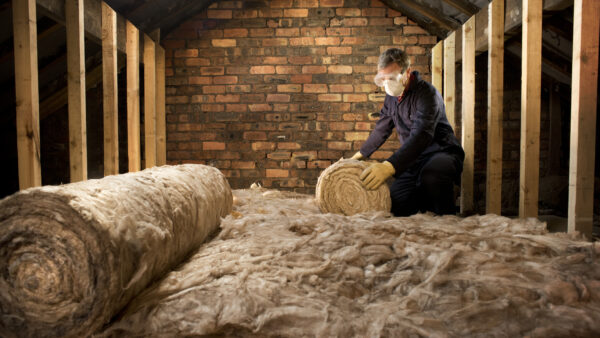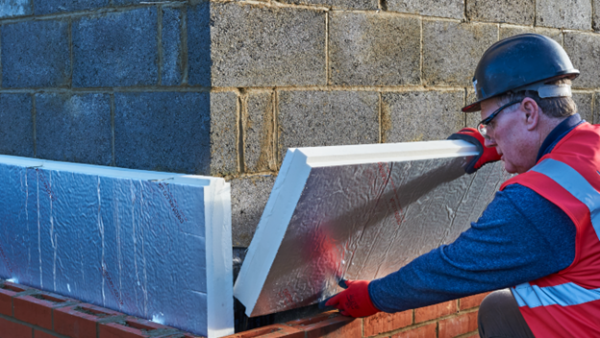You might have noticed your customers asking a lot more questions about you doing work in their homes during the pandemic. Making sure you’re wearing PPE, such as a mask or disposable gloves, is pretty much a must these days. But there’s even more you can do to put your customer at ease and make sure jobs don’t get cancelled because people are nervous about having someone come into their home.
We’ve put together these top tips with some help from our friends at the Federation of Master Builders (FMB) to help reassure your customers.
Staying safe before you even get going
Telling your customers about your safety measures should start before you turn up to do the job. From the moment you secure the work, there are things you can be doing to demonstrate the level of care that you’re taking.
Carrying out a COVID risk assessment is a good place to start. Whether you work alone or have a small team working with you, it’s your responsibility to evaluate the site and weigh up the risks. You’ll then need to document these issues, put a plan in place to minimise the risks and inform everyone of the new procedures. This could involve factors such as:
• Social distancing with colleagues and clients
• Wearing PPE
• Using hand sanitiser
• Providing own food and drink
• Staying in separate rooms to customers
• Keeping rooms well ventilated
• Travelling to jobs separately from colleagues
It’s good to get this in writing so you have a record that everyone is working from the same set of rules.
The FMB has some great material for you to make use of, including their basic risk assessment template, which you can download here, if you’re a member. They also suggest looking at the following when carrying out your assessment:
o Eliminate the risk – can the risk be eliminated, for example by not carrying out a particular task?
o Reduce the risk – by using social distancing and good hygiene
o Isolate the risk – by limiting work to very small teams who stay together, for example.
o Engineered controls to reduce risk – such as physical barriers and marked off areas
o Administrative controls to reduce risk – such as staggered breaks or start times.
o Using PPE to reduce risk, not as a substitute for other measures.
What next?
Now you’re ready to go into your customer’s home, the hard work can begin. You should check in with your customers a couple of weeks before you start the job to make sure everyone in the house is COVID free and they aren’t displaying any symptoms, then follow up again before you arrive on the day. It’s also a good opportunity to reinforce the social distancing guidelines you have in place to make them feel comfortable. For jobs that take more than a day, you must check in each morning with the homeowner and your team to make sure the situation hasn’t changed.
The moment someone becomes unwell, whether that’s yourself, your workers or the client, it’s your responsibility to act accordingly and pass on the information to those who need it. No work should be carried out in households that are self-isolating, shielding or showing symptoms (unless in an emergency). Head over to the NHS website for more information.
While you’re carrying out the job, remember to stick to all the safety guidelines, which you can find here, to keep the site as safe as possible and maintain your reputation. A large part of this is minimising face-to-face contact by communicating over phone or video call, and keeping as much distance as possible. Although it may be hard, resisting that cuppa and avoiding shaking hands are easy steps that can make a big difference.
Make sure you follow up
As part of your regular check-ins with your customers once the work is completed, it’s a nice touch to ask them how they are, while reassuring them of your situation. Not only does that help cement your relationship but will also help you be aware if anyone has become exposed to the virus.
For any more support, check out the FMB’s guidance on building work during the coronavirus pandemic, available here.





